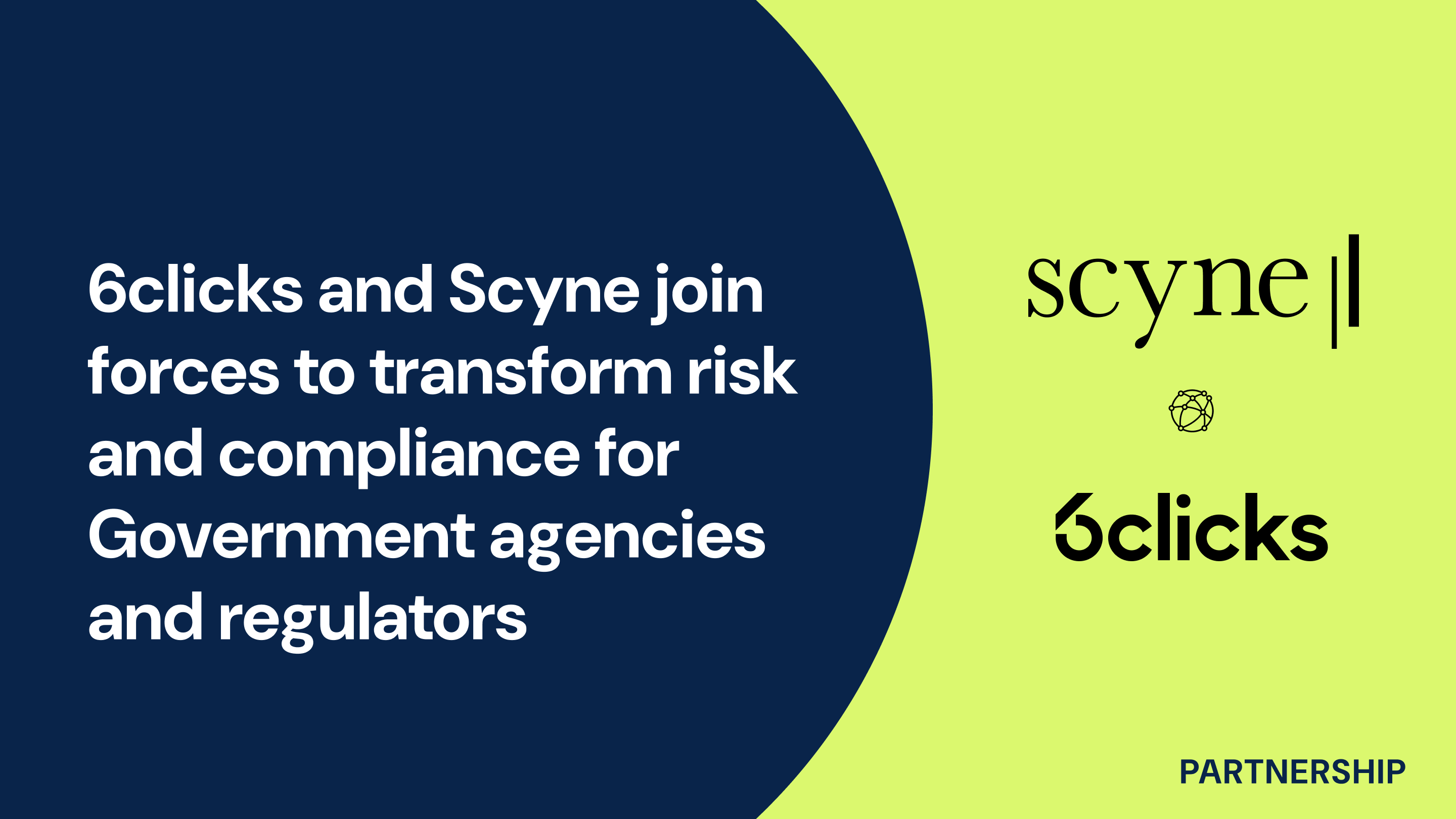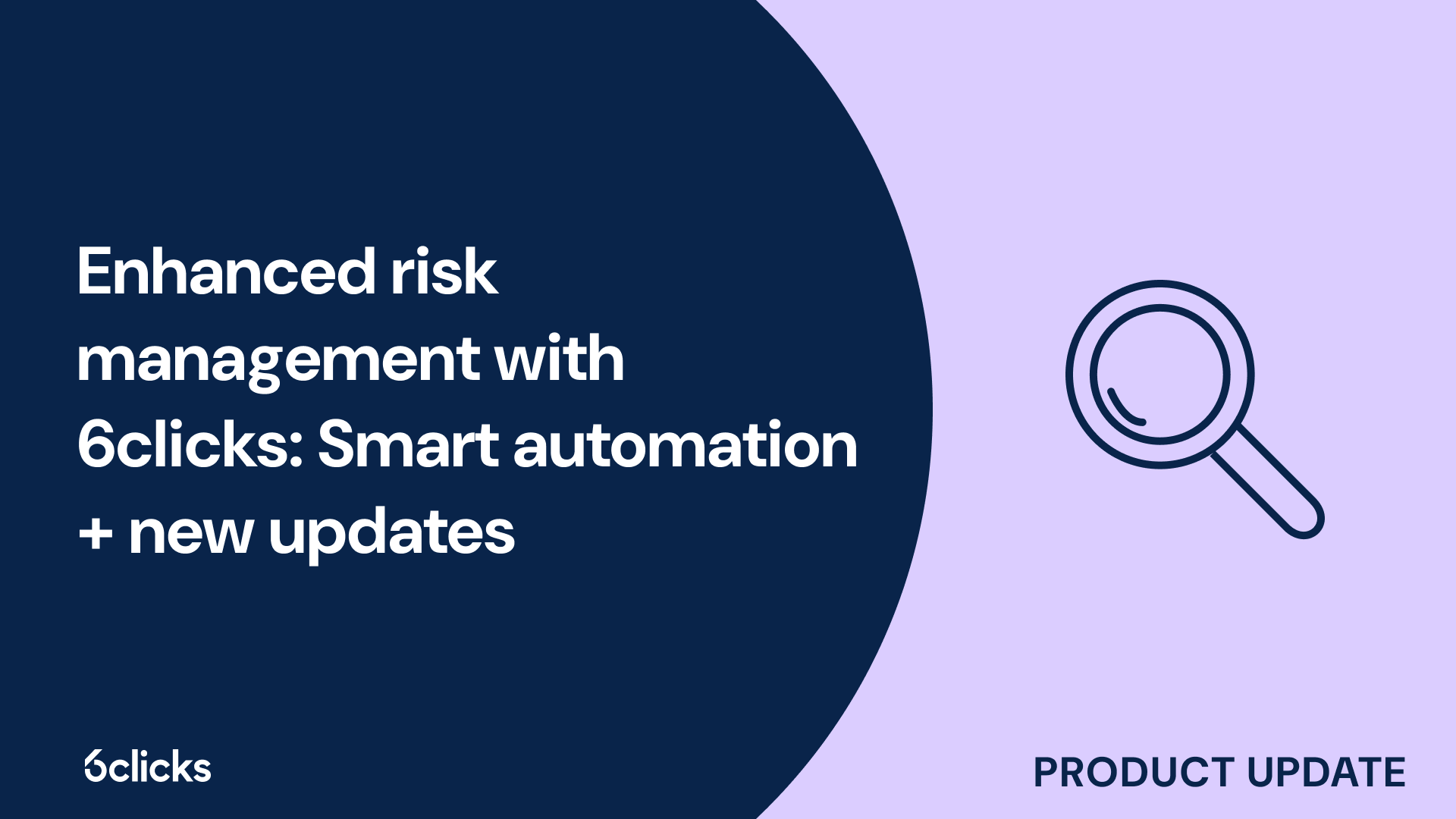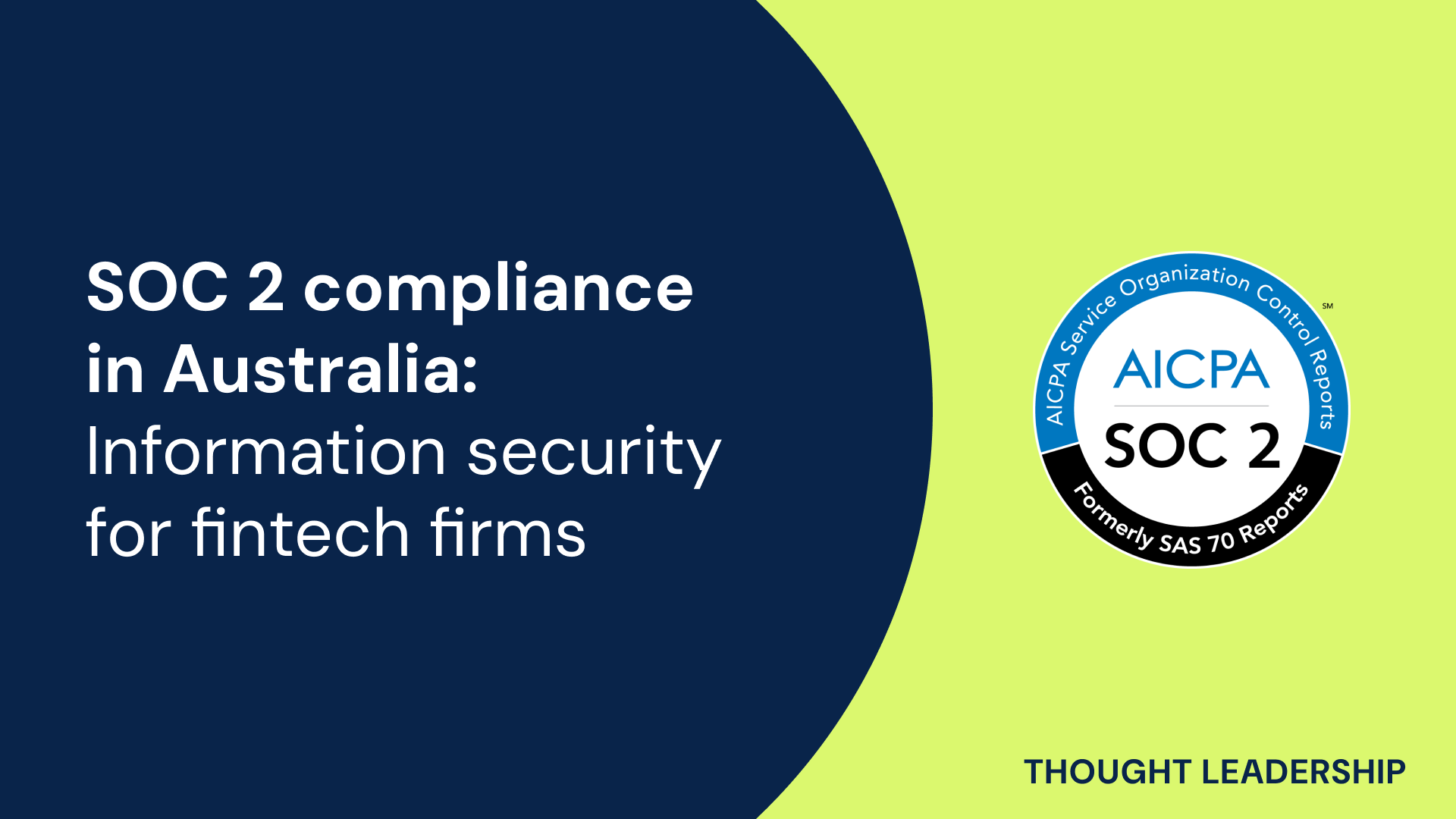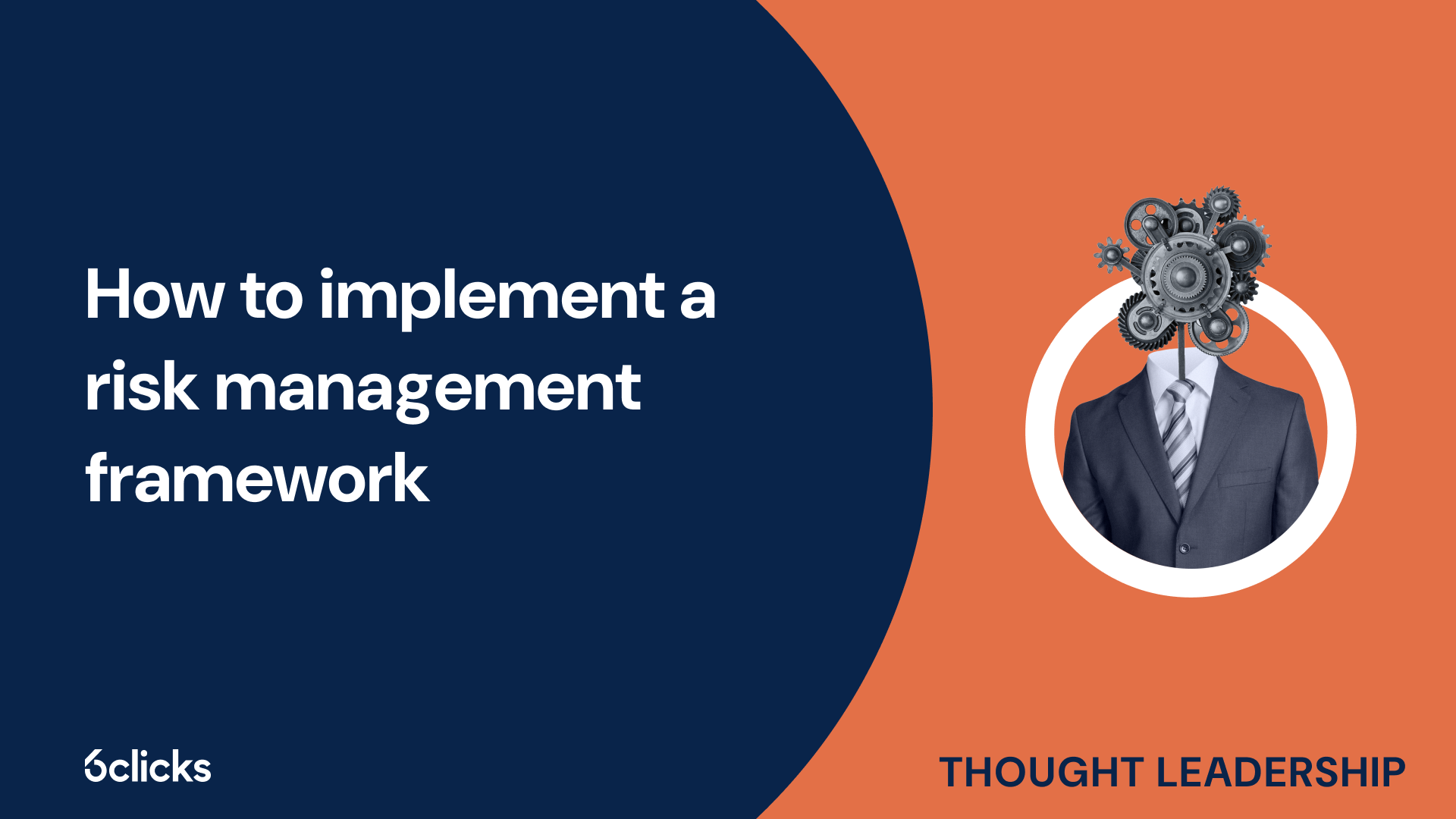The GRC buyer’s guide for 2025: Building resilience with AI-powered, federated solutions
Discover the ultimate GRC buyer's guide for 2025! Uncover how AI-powered, federated solutions transform compliance and security management for industries like government, aerospace, banking, and more. Learn about centralized control, continuous compliance, and advanced cyber GRC capabilities. Download now!
-1.png?width=200&height=249&name=Group%20193%20(1)-1.png)
The GRC buyer’s guide for 2025: Building resilience with AI-powered, federated solutions
Overview
Regulatory compliance means following laws, regulations, and guidelines set by governing bodies. It ensures that businesses and organizations operate legally and ethically, protecting consumers, stakeholders, and public safety. Non-compliance can lead to fines, penalties, and reputational damage. Organizations use various strategies to stay compliant, such as monitoring, risk management, and training. These methods help businesses meet regulatory requirements and build trust with stakeholders.
Regulatory compliance techniques
Regulatory compliance ensures organizations adhere to laws and regulations in their respective industries, maintaining integrity, protecting public interests, and mitigating risks. Achieving compliance requires implementing strategies that effectively manage and monitor adherence to these requirements. Here are four common regulatory compliance techniques used by organizations:
Technique 1: Risk assessment
Risk assessment is a key technique in regulatory compliance. It involves identifying, evaluating, and prioritizing potential compliance risks to help organizations understand where they are most vulnerable. By conducting risk assessments, organizations can pinpoint compliance gaps, assess the impact of non-compliance, and allocate resources to address these risks.
Types of risk assessments
- Compliance risk assessment: Focuses on identifying risks related to regulations and internal controls to assess the level of non-compliance.
- Legal risk assessment: Examines legal requirements to identify risks of failing to meet legal obligations.
- Operational risk assessment: Evaluates risks tied to day-to-day business operations and processes.
- Financial risk assessment: Focuses on risks related to financial transactions, reporting, and accounting practices.
- Managing compliance risk: By identifying potential compliance gaps, businesses can take action to avoid penalties.
- Preventing legal and financial penalties: Risk assessments help organizations avoid legal and financial consequences by ensuring they comply with relevant laws and regulations.
- Proactive risk mitigation: Regular risk assessments enable businesses to stay ahead of potential issues and maintain compliance.
- Complex regulations: Navigating evolving and complex regulatory requirements can be difficult.
- Dynamic business operations: As businesses change, risk assessments need continuous updates to stay relevant.
- Limited resources: Some organizations may lack the personnel or expertise to conduct thorough assessments.
- Integration into compliance programs: Ensuring risk assessments align with overall compliance strategies can be complex, requiring coordination across departments.
Technique 2: Policies and procedures
Policies and procedures are essential for regulatory compliance. Policies set the overall direction, while procedures define the specific steps to achieve compliance. Together, they ensure consistent and standardized practices across an organization. Well-defined policies help employees understand compliance expectations, and regular updates keep them in line with evolving regulations. Clear communication and training are vital to ensure employees understand their roles in maintaining compliance.
- Identify relevant regulations: Understand the laws and standards that apply to your industry (e.g., OSHA for healthcare or federal regulations for financial services).
- Analyze existing processes: Review current procedures to identify compliance gaps.
- Draft clear policies: Write clear, concise policies with headings and bullet points to define responsibilities and actions.
- Review and update: Regularly update policies to reflect changes in regulations and internal processes.
- Identify regulations: Ensure you understand all applicable regulations.
- Analyze processes: Assess current procedures to address any compliance gaps.
- Write clear policies: Use straightforward language and clear formatting.
- Review and update regularly: Monitor regulatory changes and adjust policies accordingly.
- Gather information: Stay updated on regulatory changes and internal feedback.
- Evaluate policies: Assess their clarity, alignment with business goals, and effectiveness in guiding employees.
- Update and revise: Make adjustments based on feedback and regulatory changes.
- Communicate changes: Ensure all employees are informed and trained on updates.
By following these steps, organizations can ensure their policies and procedures are up-to-date, effective, and aligned with evolving compliance requirements.
Technique 3: Training and education
Training and education are vital for ensuring regulatory compliance. Organizations need to ensure that employees understand the relevant regulations and compliance requirements. This involves offering comprehensive training programs on legal obligations, industry standards, company policies, and specific compliance procedures. Regularly updated training materials help keep employees informed about changes in regulations. Ongoing education programs also raise awareness about emerging risks and best practices. By investing in training, organizations foster a compliance culture and empower employees to make informed decisions that uphold regulatory standards.
- General awareness training: Provides foundational knowledge on various compliance regulations like anti-discrimination laws, workplace safety, and data privacy.
- Role-specific training: Tailored training based on job responsibilities, e.g., financial regulations for finance employees or employment laws for HR professionals.
- Ethics and code of conduct training: Emphasizes company values, ethics, and expected behavior to promote a compliant work culture.
- Ongoing refreshers and updates: Regular programs to keep employees informed of regulatory changes and updates.
- Increased awareness: Employees become aware of regulatory requirements and understand their importance.
- Clear compliance responsibilities: Role-specific training helps employees understand their obligations and reduces the risk of violations.
- Improved compliance: Well-trained employees are more likely to follow compliance protocols, reducing the risk of non-compliance.
- Evolving regulations: Keeping training programs up-to-date with changing regulations is a constant challenge.
- Industry-specific requirements: Different industries and regions may have unique regulations, making a one-size-fits-all approach difficult.
- Employee awareness: Many employees may be unaware of the specific compliance requirements or consequences of non-compliance, leading to inadvertent violations.
- Clarifying responsibilities: Employees may not fully understand how their roles impact compliance. Role-specific training can help clarify expectations and reduce compliance gaps.
Technique 4: Auditing and monitoring
Auditing and monitoring are essential for ensuring regulatory compliance. Regular internal assessments help organizations identify compliance gaps, fix issues, and improve their adherence to regulations.
Internal audits
- Internal audits evaluate an organization’s compliance by reviewing areas such as data privacy, financial practices, employee training, and workplace safety. These audits, conducted by in-house teams or third-party auditors, help pinpoint non-compliance or areas needing improvement.
Compliance software
- Organizations can use compliance software to streamline auditing. These tools automate tasks, collect and analyze data, and generate reports. They also track corrective actions and monitor ongoing compliance, improving the efficiency and effectiveness of audits.
Auditing and monitoring, when done regularly, enable organizations to proactively manage compliance risks, ensure adherence to regulations, and continually improve their processes.
Summary
Regulatory compliance is crucial for organizations to operate ethically, legally, and responsibly. Ensuring adherence to laws, regulations, and guidelines protects consumers and stakeholders while safeguarding public safety. Non-compliance can lead to significant financial and reputational damage, so businesses adopt various techniques such as risk assessments, policies and procedures, training, and auditing to manage compliance effectively. By implementing these strategies, organizations reduce risks, meet legal obligations, and foster trust with stakeholders.
The four key techniques to ensure regulatory compliance include conducting risk assessments to identify potential compliance gaps, creating and maintaining comprehensive policies and procedures, offering training and education programs to employees, and performing regular audits and monitoring. Risk assessments help organizations prioritize resources and mitigate compliance risks, while well-structured policies and training programs ensure employees understand their responsibilities. Auditing and monitoring, enhanced by compliance software, enable businesses to proactively track compliance and address gaps. Together, these techniques form a robust approach to maintaining regulatory adherence and continuous improvement.
- Easily align with regulatory frameworks like DORA and CMMC, along with compliance standards like ISO 27001, NIST CSF, and SOC 2
- Automate processes such as framework mapping, gap analysis, and continuous control monitoring
- Support effective compliance practices with integrated functionality for risk management, incident management, and audit readiness
















